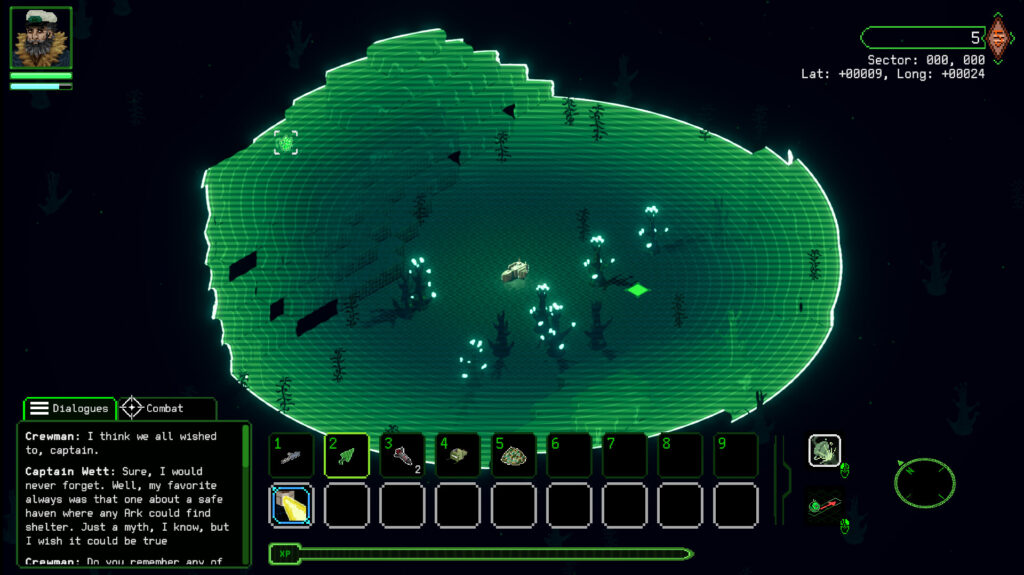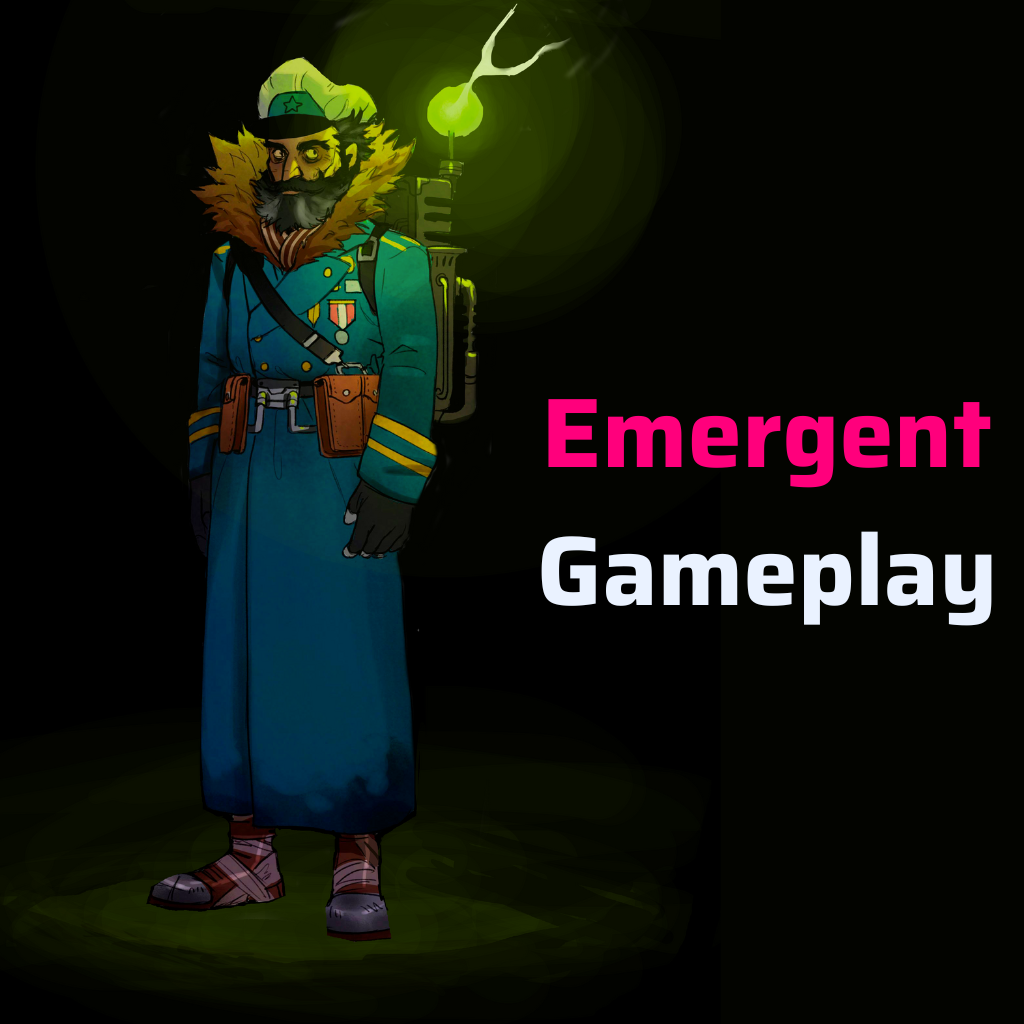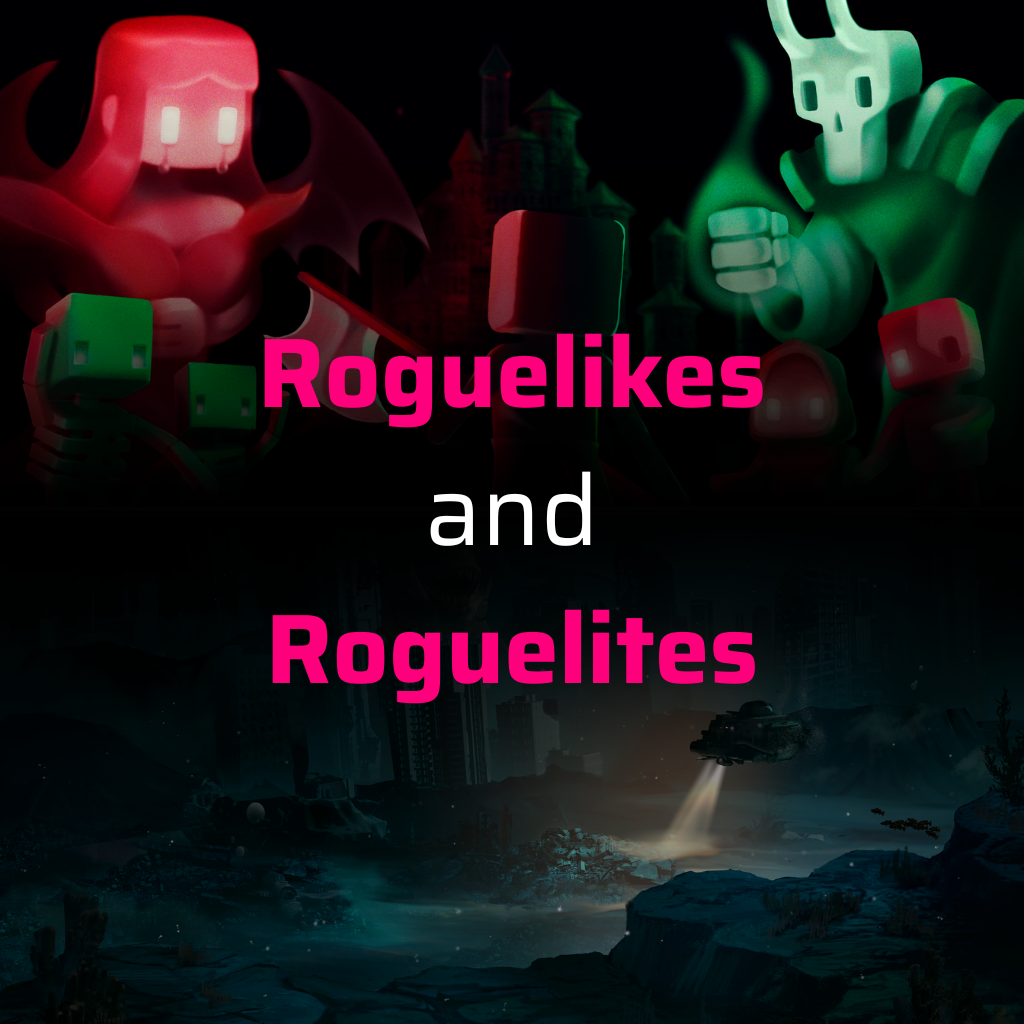We build systems because we love surprises. Not scripted twists, but the authentic “wait, did that just happen?!” moments that spill out when mechanics intersect and players push on them from odd angles. That’s emergent gameplay: complex, unexpected outcomes arising from simple (or not-so-simple) rules, driven by player choice rather than authored scripts. In theory terms, it’s the “whole > sum of parts” behavior of open systems, a design space where multiple outcomes are possible and meaning comes from interaction, not preordained beats.
Let’s share and elaborate how we think about emergence, how to design for it, and why we’re building Crit42’s games around it, specially A Tale of Silent Depths.
What “emergent gameplay” really means
At its core, emergence happens when rules combine into behaviors no one explicitly planned. The designer authors systems; the player authors stories with those systems. That’s the distinction: choice over choreography. Classic design literature frames games as dynamic systems that produce meaning through interaction (rather than fixed content), a foundation that naturally supports emergent complexity (check the classic Rules of Play – Game Design Fundamentals by Salen and Zimmerman).
You can think of it through a useful mental model:
- Mechanics → Interactions → Dynamics → Stories. The developers ship verbs and rules; players combine them, dynamics appear; stories happen.
- And understand that no cutscene is required in the process: emergent moments are play-authored, not dialogue-authored.
Why emergence matters
There are many game design reasons to use emergence as a goal in your game design. Let’s elaborate on the main ones.
Replayability: more states, not just more stuff
Emergence multiplies the state space of a game. Think of tiny rule tweaking and cascading into wildly different runs. We don’t have to ship ten thousand bespoke quests if a handful of orthogonal systems can recombine into ten thousand situations. Initial conditions, such as seeds, map gen, faction dispositions, weather and economy prices, procude what we would call “small deltas” (a small “difference”). Essentially, different routes through the same rules. Systemic variability also plays an important role in the process, with AI utility weights, event pools, and resource nodes that shift, not just re-skin. And, at the moment of the interaction, we have the actual outcome happening as a result of those variables, for example:
place + abilities + item + enemy behavior = specific gameplay outcome
All of that instead of pre-authored outcomes. You can also add pacing layers: an event curator (Storyteller-like) that changes when pressure spikes, ensuring the middle of a run doesn’t blur.
Design levers
- Add a couple of global fields (heat, noise, suspicion, morale) that many systems read/write.
- Prefer verbs that chain (push → topple → block LoS → panic) over single-use keys.
- Build branching economies so resources can be routed into different playstyles.
Player ownership: the story belongs to them
When outcomes are authored by interaction rather than script, players feel genuine ownership: they retell the story because it was theirs, with a feeling of uniqueness permeating their perception of their run. No longer are they just players, they are authors, immersed into the game world while placing their input into this universe.
What drives it
- Irreversible tradeoffs with clarity: choices that open one door and close another.
- Explainable causality: “X happened because you did Y” beats opaque dice rolls.
- Expressive builds: different verbs lead to different framings of the same problem, not just bigger numbers.
Design levers
- Diegetic records (logs, black boxes, footprints, gossip) that show cause and effect.
- Visible consequence vectors (example, “Dump cargo: +speed / −morale / ?faction trust”).
- Failure as content: debrief the loss so collapse becomes a memorable chapter, not a dead end.
Community: discovery, discourse and design fuel
Emergent games naturally spawn communities because the most valuable commodity becomes knowledge: “Did you know you can…?”
What drives it
- Open-ended systems: multiple valid solutions worth comparing.
- Shareable artifacts: seeds, replays, loadout strings, and scenario codes.
- Composable tooling: mod hooks and data schemas that invite safe extension.
Design levers
- Weekly and/or featured seed that spotlight unusual interactions.
- Official sandboxes for experiments (with telemetry the player can export).
- Gentle balance culture: prefer counters and opportunity costs over hard bans.
How to design for emergence (practical playbook)
We aim for orthogonal, composable, stateful systems with readable inputs/outputs. Check this concise checklist you can apply:
-
Define 5–8 orthogonal verbs. Ensure each touches at least two systems.
-
Introduce 2–3 global fields. Make multiple systems read/write them.
-
Use agents with goals (not routes). Utility AI/GOAP scales possibilities.
-
Model physics-adjacent layers. Heat, pressure, sound, fluid, line-of-sight.
-
Add a pacing layer. Curate when events hit without scripting what.
-
Design looped economies. Risks and rewards feed back into each other.
-
Treat failure as content. Broadcast collapses; keep the save alive.
-
Surface causality in the UI. Short logs/timelines beat walls of text.
-
Test with chaos. Sandbox bots + seeded worlds + “tell us your story” playtests.
-
Balance with counters, not nerfs. Encourage adaptation over stagnation.
Notes about emergence across genres
We stand on the shoulders of giants from wildly different spaces:
-
Minecraft: simple blocks + redstone logic → farms, minigames, even CPUs. The rules are legible, the combinatorics wild.
-
Dwarf Fortress: personality, ecology, and simulation depth → legendary tantrum spirals and colony sagas.
-
RimWorld: AI Storytellers curate when chaos hits, letting systems produce the what.
-
Crusader Kings: traits, relationships, and feudal mechanics → dynastic soap operas without a single authored cutscene.
-
Caves of Qud: dense, weird simulation where rules collide into stories no one could have scripted.
Different genres, same throughline: room to maneuver + systemic hooks = surprise.

Case study: A Tale of Silent Depths (by Crit42)
We’re building A Tale of Silent Depths as a turn-based, roguelike, sandbox tactical RPG set in a procedural post-apocalyptic ocean. The goal is simple: give you enough systemic rope to pull off miracles, or tie spectacular knots, ranging from an unique weapon dropped way before than it should because a powerful pirate was killed by an opposing faction, to discovering an interesting and powerful interaction between some abilities. Many are the possibilities.
Pillars that spark emergence
-
Interlocking subsystems: energy ↔ sonar ↔ decision quality ↔ weapons and tools ↔ integrity and status conditions.
-
Asymmetric ecologies: creatures key off different signatures; the flare that saves you from one may doom you with another.
-
Builds that change verbs: silent running, decoys, drone nets, psionic pings, among many others, each rewires how you route problems.
-
Faction & salvage economy: who you help (or annoy) ripples into escorts, embargoes, ambushes, or unexpected rescues.
For whom emergence really sings
Emergent gameplay resonates with players who want ownership, replayability, and community,such as RPG and roguelike fans who love sharing builds, “can it be done?” runs, and war stories. It’s ideal for studios (like us) building in public with a community that enjoys poking at systems and telling us what broke in the most interesting way.
Let’s keep building worlds that push back, and then watch together as players do things none of us planned, and be sure to join our Discord!


